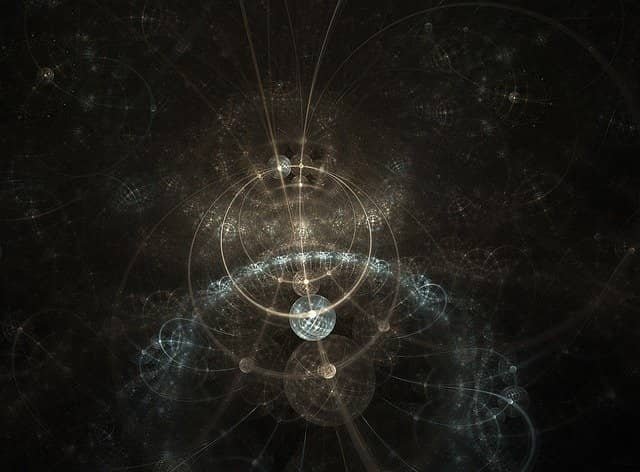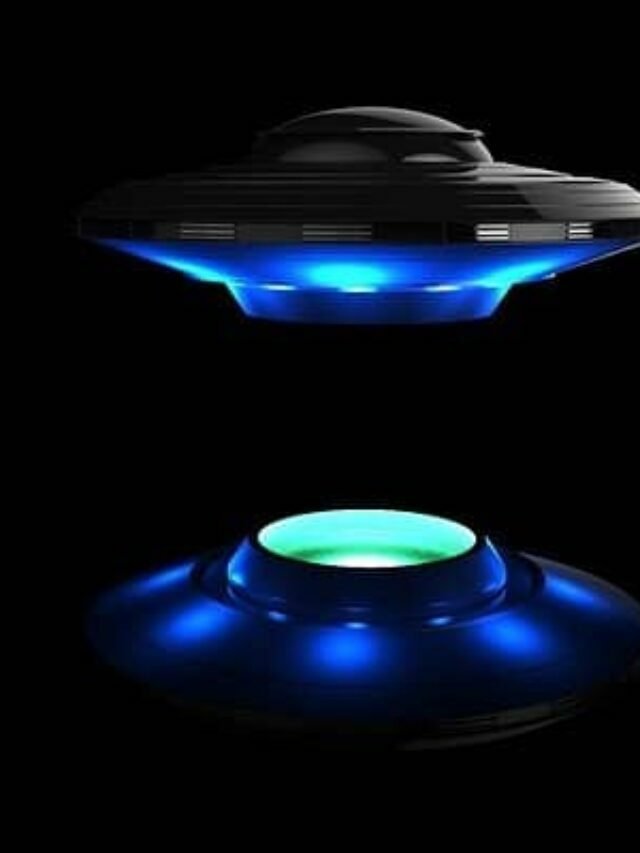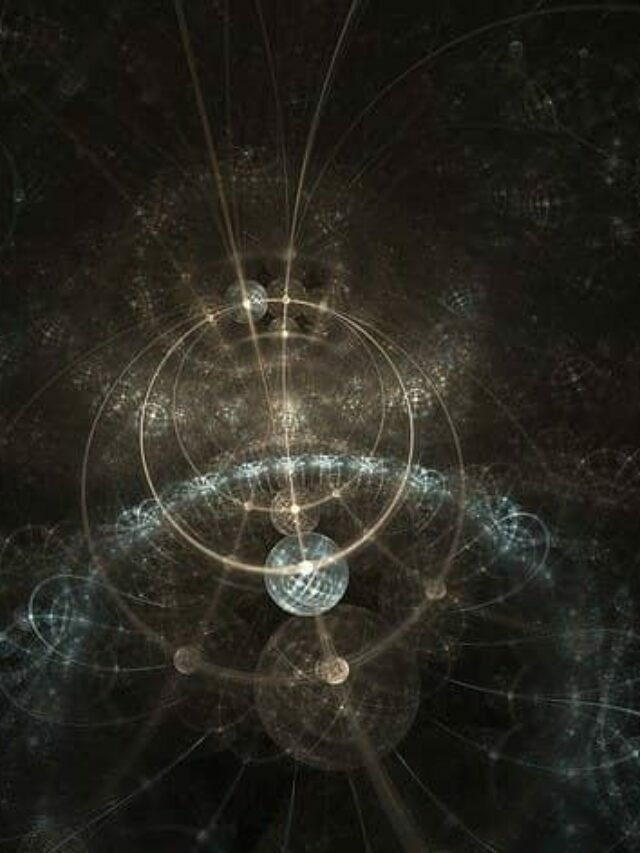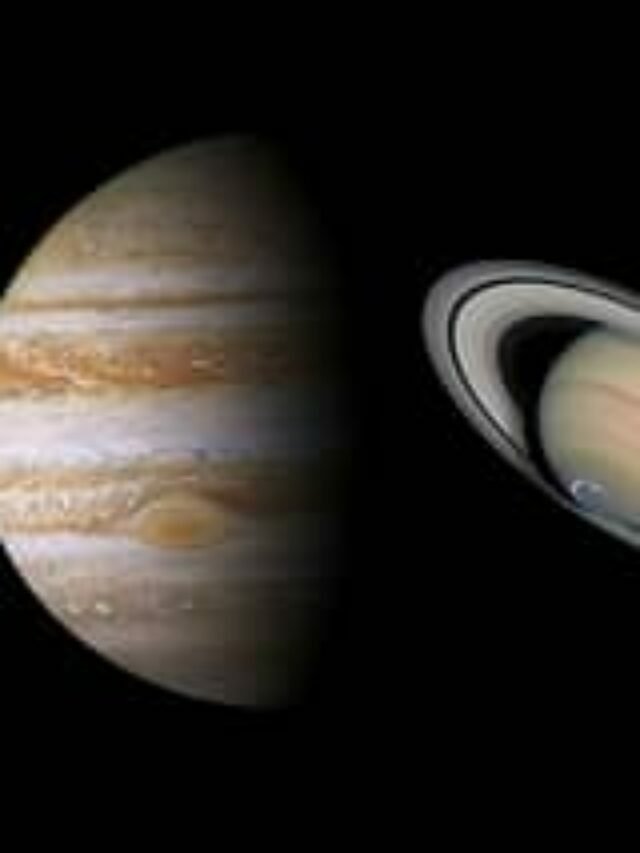The International Space Station was designed between 1984 and 1993. ISS or International Space Station is the largest modular space station established in low earth orbit. This blog post tells about ISS modules and more.
Modular is a design principle that subdivides a system into small parts called modules. Modules can be independently created, exchanged, modified or replaced with other modules.
International Space Station modules names
Zarya – It is the first module launched by ISS. Zarya is also known as the functional cargo block or FGB. During the initial stage of assembly, a functional cargo block (FGB) provides electrical power, storage, driving force and guidance.
Unity – It is the first US built component of the ISS, also known as Node 1. It connects the Russian and US segments of the station’s ROS and USOS. It is a reason where crew members eat meals together. The Unity module is cylindrical in shape having 6 berthing locations: forward, aft, port, starboard, zenith and nadir. The Unity module was built by Boeing for NASA at marshal space flight center in Huntsville, Alabama. Harmony and Tranquility are other two modules among 3 in which unity was the first module.
Zvezda – Zvezda Was the third module launched in the station for providing life support systems. It is also known as a service module and crew members assemble here to deal with emergencies on the space stations.
Destiny – Destiny module is also known as the US lab. It is the primary operating facility for U.S research payloads. Skylab was vacated in 1974, since then destiny is NASA’s first permanent operating orbital research station.
Quest – Quest is a joint airlock that provides extravehicular vehicular activity (EVA). It uses US Extravehicular mobility unit (EMU) Aur Russian Orlan EVA suits. In July 2001 airlock was launched on iss 7A.
Harmony – Harmony is the utility hub of the International Space Station and also known as node 2. Harmony is used to connect the laboratory modules of the United States, Japan and EuropeI, and also provides electronic data and electrical power.
Tranquility – Tranquility is the module of the International Space Station (ISS) also known as Node 3. This module contains a toilet, exercise equipment and an observation cupola. Tranquility also contains an environmental control system and life support system.
International Space Station information
International Space stations were designed to bring together international flight cruises, multiple launch vehicles, training engineering and development facilities, communication networks and the international scientific research community, globally distributed launch and flight operations.

There are five space agencies of 5 different countries:
- United States – NASA.
- Russia’s – Roscosmos.
- Japan’s – JAXA.
- Europe’s – ESA.
- Canada’s – CSA.
Read this – Cost of international space station
ISS services
The use of space stations and ownership is established by Intergovernmental treaties and agreements. The International Space Station works as a microgravity and space environment research laboratory. In ISS scientific research is conducted in astrobiology, astronomy, meteorology, physics and other fields.
ISS earth circle
ISS is well designed and has all the facilities for testing the spacecraft systems and equipment required for possible future long missions to the moon and mars. The ISS completes the circle of the earth in average 93 minutes in which it completes 15.5 orbits per day.
Low earth orbit
LEO is an orbit around earth with a period of 128 minutes and less and an eccentricity less than 0.25.
ROS and USOS
The International Space Station is divided into two sections: Russian orbital segment and United States orbital segment. Length and the pressurized section is 218 ft (66m). The total habitable volume of these sections13696 cu ft (387.8 m³)
| ROS (Russian orbital segment) | USOS (United States orbital segment) |
| ROS/Russian orbital segment is individually operated by Russia. | USOS/United States orbital segment is operated by the United States and other countries also. |
| Includes 6 habitable modules. | Includes 7 habitable modules. |
| Support services are distributed 76.6% for NASA 12.8% for JAXA, 8.3% for ESA and 2.3% for CSA. |
Read more




